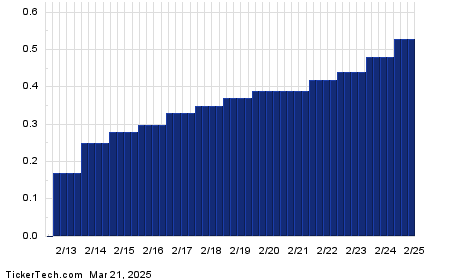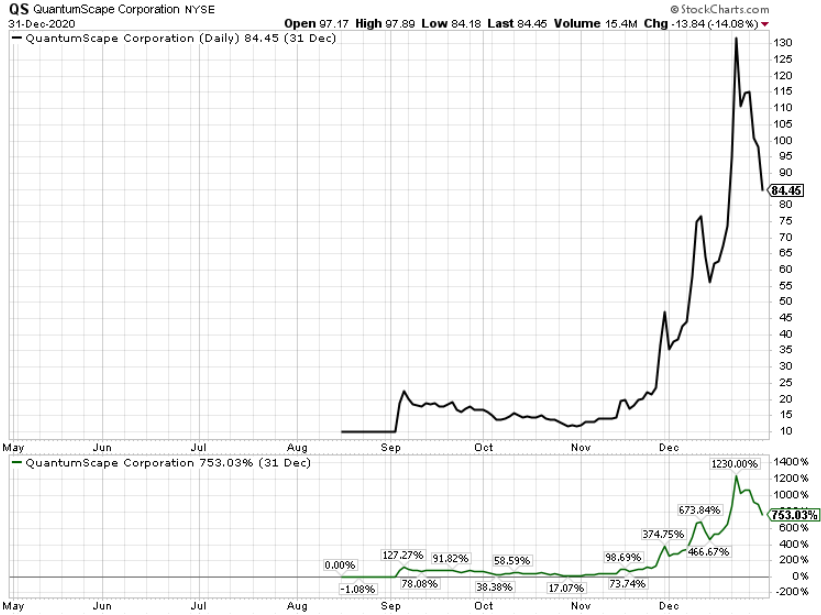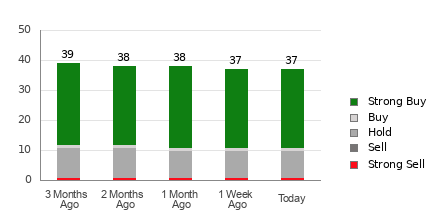Exploring Put Options for ResMed Inc.: A Strategic Approach
Investors considering ResMed Inc. (Symbol: RMD) might find the current market price of $220.25 per share unappealing. Instead, they can explore selling put options as an alternative strategy. One potentially attractive opportunity is the January 2027 put contract at the $145 strike price, which has a current bid of $8.80. By selling this put, investors can collect a premium yielding a 6.1% return against the $145 commitment. This equates to an annualized return of 3.3%, a figure we refer to as the YieldBoost.
While selling a put provides premium income, it does not allow investors to benefit from RMD’s upside potential as buying shares would. A put seller only acquires shares if the contract is exercised, which happens only if the market price falls below the strike price. If ResMed’s shares drop by 34%, the put would be exercised, resulting in a cost basis of $136.20 per share (the $145 strike price minus the $8.80 premium). Without this drop, the premium is the only profit for the seller.
Dividend Comparisons and Considerations
It’s worth noting that the annualized return from the put option—3.3%—exceeds ResMed’s annualized dividend yield of 1% by 2.3%, based on the current stock price. In contrast, if an investor buys shares solely to collect the dividend, there is exposure to greater downside risk. The share price would need to decline by approximately 33.97% to reach the $145 strike price.
When discussing dividends, it’s crucial to recognize their unpredictability, which often reflects the company’s profitability. Analyzing ResMed’s dividend history chart can provide insights into whether the recent dividend is sustainable, aiding investors in setting realistic yield expectations.

Analyzing Historical Trading Patterns
The following chart illustrates ResMed Inc.’s trailing twelve-month trading history, highlighting the position of the $145 strike price:

This chart, along with the stock’s historical volatility, can serve as a useful reference in combination with fundamental analysis. Together, these tools help evaluate whether selling the January 2027 puts at the $145 strike level for a 3.3% annualized return is a good risk-reward proposition. ResMed’s twelve-month volatility, calculated from the last 250 closing values and the current price of $220.25, stands at 37%. For further put options ideas with varying expirations, visit the RMD Stock Options page on StockOptionsChannel.com.
Current Market Activity
As of Friday afternoon, put volume among S&P 500 components reached 1.33 million contracts, with call volume matching at 1.33 million, yielding a put-to-call ratio of 0.70 for the day. This figure is above the long-term median ratio of 0.65, indicating a higher than usual number of put buyers in the market today.
For the latest trends and insights on options trading, check out what the top 15 traders are discussing today.
![]() Top YieldBoost Puts of the S&P 500 »
Top YieldBoost Puts of the S&P 500 »
Additionally, see:
- AIR market cap history
- VEA market cap history
- PYR market cap history
The views and opinions expressed herein are the views and opinions of the author and do not necessarily reflect those of Nasdaq, Inc.









